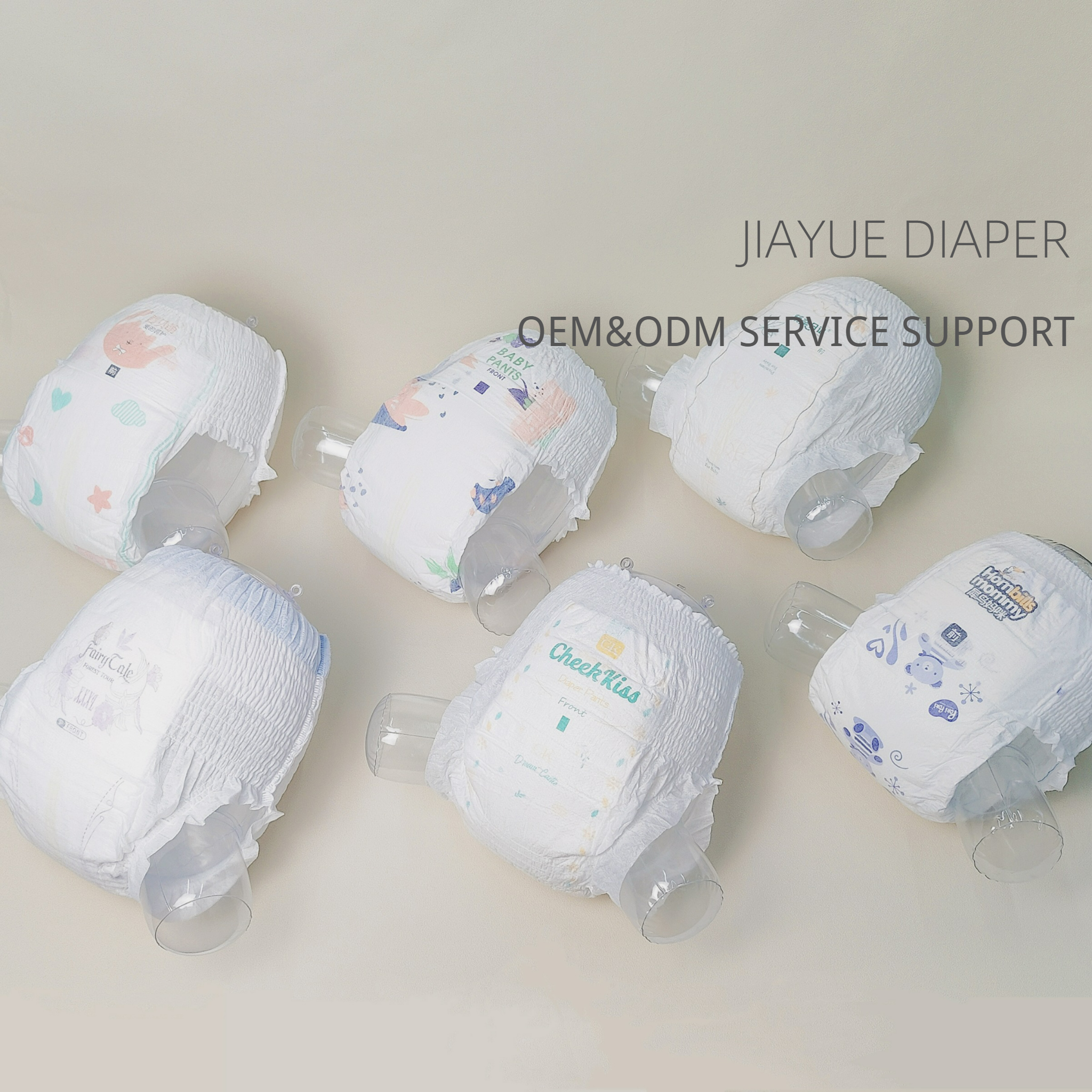Here are some recommended usage guidelines and best practices for ensuring comfort while using diapers for baby girls:
Proper Size Selection: Choose the right diaper size based on the baby girl's weight and age. A well-fitting diaper prevents leaks and discomfort. Follow the manufacturer's sizing guidelines.
Frequent Changes: Change diapers regularly, at least every two to three hours or immediately after bowel movements. Frequent changes help maintain hygiene and prevent skin irritation.
Gentle Cleansing: Cleanse the baby's diaper area gently during changes using mild wipes or a damp cloth. Pat the area dry to ensure it's completely dry before putting on a new diaper.
Air Circulation: Allow some diaper-free time to let the baby's skin breathe. This can prevent moisture buildup and reduce the risk of diaper rash.
Proper Fit: Ensure the diaper is snug around the legs and waist without being too tight. Leg cuffs should be positioned properly to prevent leaks without causing discomfort.
Addressing Overnight Needs: Use overnight diapers or diapers specifically designed for extended wear at night to provide added absorbency and prevent leaks during longer periods.
Avoid Over-tightening: Diapers should fit comfortably without being overly tight. Over-tightening can cause discomfort and leave marks on the baby's skin.
Monitor Skin Health: Regularly check the diaper area for any signs of redness, irritation, or rash. Consult a pediatrician if skin issues persist or worsen.
Choose Quality Diapers: Opt for high-quality diapers designed to be gentle on the skin, absorbent, and free from harsh chemicals or fragrances that might cause irritation.
Consider Cloth Diapers: Some parents prefer cloth diapers for their breathable nature and reduced exposure to chemicals. When using cloth diapers, ensure proper cleaning and changing routines.
By following these guidelines and practices, caregivers can help ensure the comfort and well-being of baby girls while using diapers, reducing the risk of skin irritation and discomfort.
What materials are commonly used in manufacturing the best diapers for baby girls?The materials used in manufacturing diapers for baby girls often prioritize softness, absorbency, and skin-friendliness. Common materials include:
Absorbent Core: This core is usually made of wood pulp, superabsorbent polymers (SAP), and sometimes synthetic fibers. It quickly absorbs and locks away moisture to keep the baby dry.
Top Sheet: Often made of non-woven fabric or perforated film,
China best diapers for baby girl this layer touches the baby's skin. It allows liquids to pass through while keeping the skin dry and minimizing irritation.
Backsheet: The backsheet is typically a breathable yet waterproof material (often polyethylene) that prevents leaks while allowing air circulation to reduce humidity and maintain skin health.
Elastics: Elastic materials are used in leg cuffs and waistbands to ensure a snug fit without causing discomfort. These are often made of synthetic rubber or elastane.
Fastening Tabs: The closure tabs are made of adhesive material and landing zones that allow for secure fastening and easy repositioning of the diaper.
Adhesives: Adhesives are used to secure different layers of the diaper. They are typically non-toxic and skin-friendly.
Stretch Panels: Some diapers incorporate stretch panels made of elastic materials to provide flexibility and a better fit around the baby's legs.
Fragrance and Dye-Free Materials: To reduce the risk of skin irritation, many diapers use materials free from fragrances and dyes that might cause allergies or sensitivity.
Wetness Indicators: In some premium diapers, a wetness indicator strip made of color-changing material is added to signal when the diaper is wet and needs changing.
Manufacturers continuously innovate to improve diaper materials, often focusing on breathability, sustainability, and eco-friendliness. They may also develop proprietary blends or incorporate natural materials like bamboo fibers or organic cotton to enhance comfort and reduce environmental impact.

